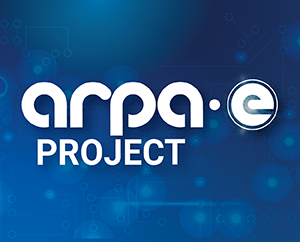Simulation, Challenge Testing & Validation of Occupancy Recognition & CO2 Technologies Cat A/B

Technology Description:
Michigan State University (MSU) will develop a comprehensive testing protocol and simulation tool to evaluate the reliability, energy savings potential, and ease of commissioning of occupancy sensor system technologies for commercial and residential buildings. This will include controlled laboratory and field testing considering several model interior configurations and diverse residential and commercial building types. Ground truth occupancy values will be established from realistic occupancy scenarios. MSU will disseminate results from this effort to the HVAC community to help establish a baseline for occupancy sensor performance evaluation.
Potential Impact:
If successful, SENSOR projects will dramatically reduce the amount of energy needed to effectively heat, cool, and ventilate buildings without sacrificing occupant comfort.
Security:
Environment:
Using significantly less energy could help reduce emissions attributed to power generation. In addition, improved interior air quality could help prevent negative effects on human health.
Economy:
Buildings will require less energy to operate, reducing heating, cooling, and ventilation costs for businesses and families. In addition, better controlled ventilation may lead to improved indoor air quality (ensured by an accurate occupant count, and validated via widespread CO2 detection) that may, in turn, lead to improved occupant productivity.
